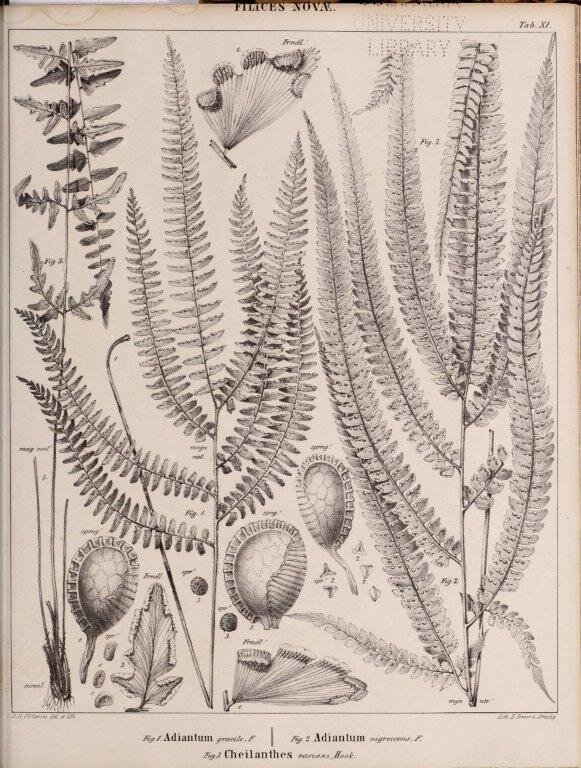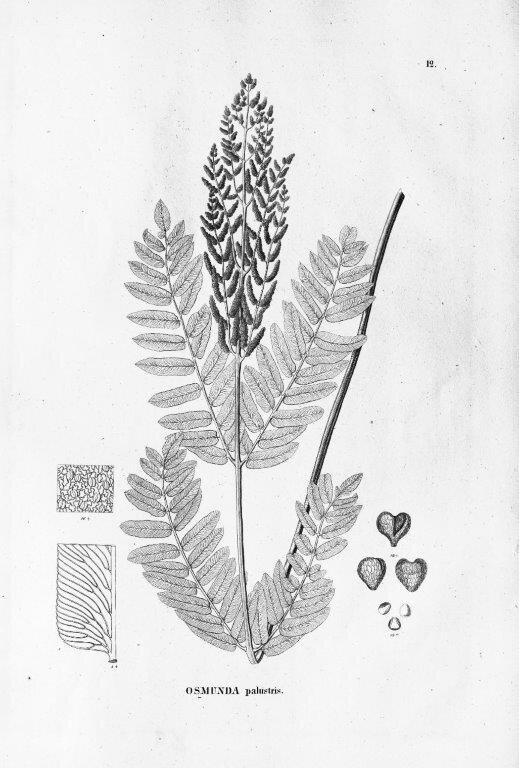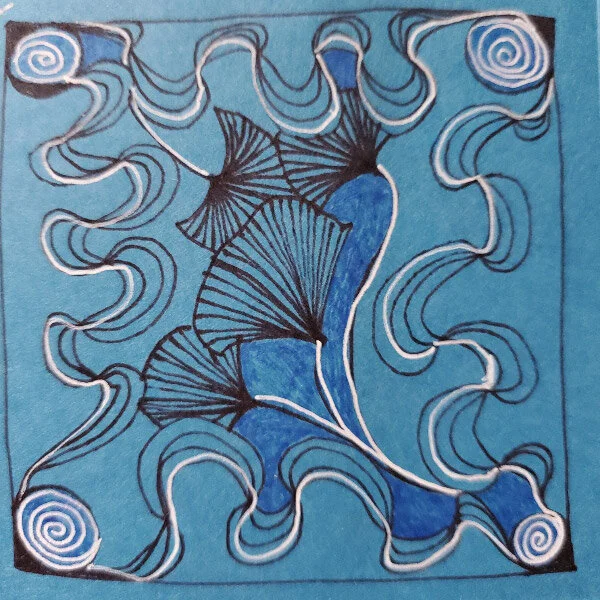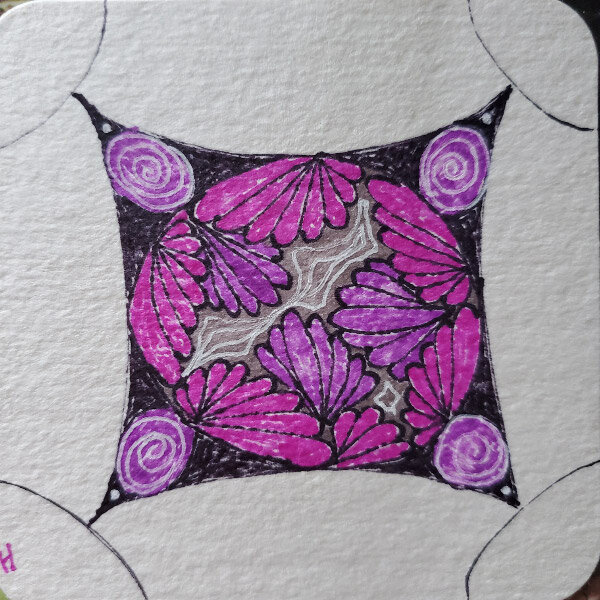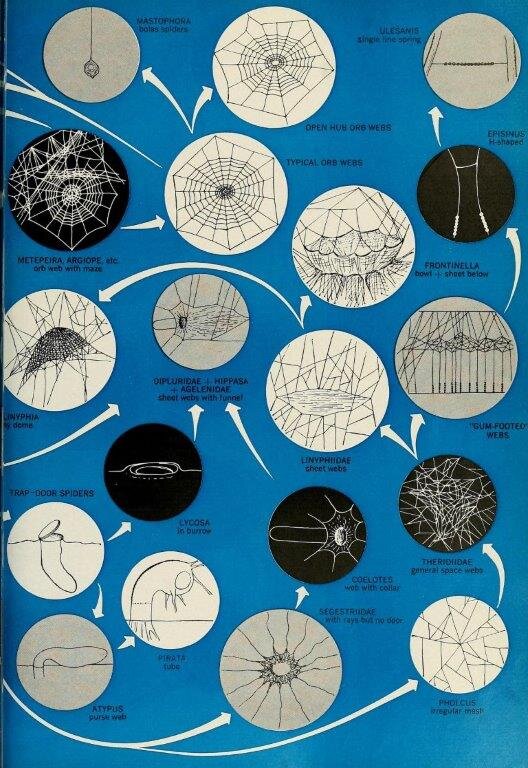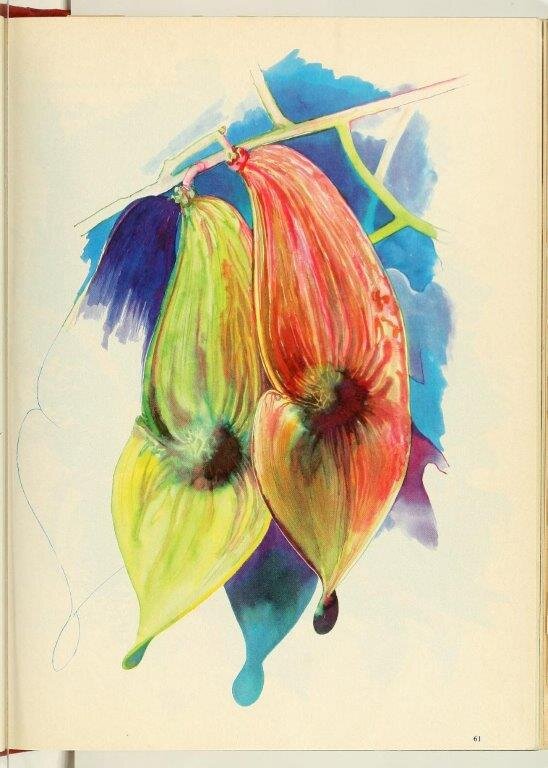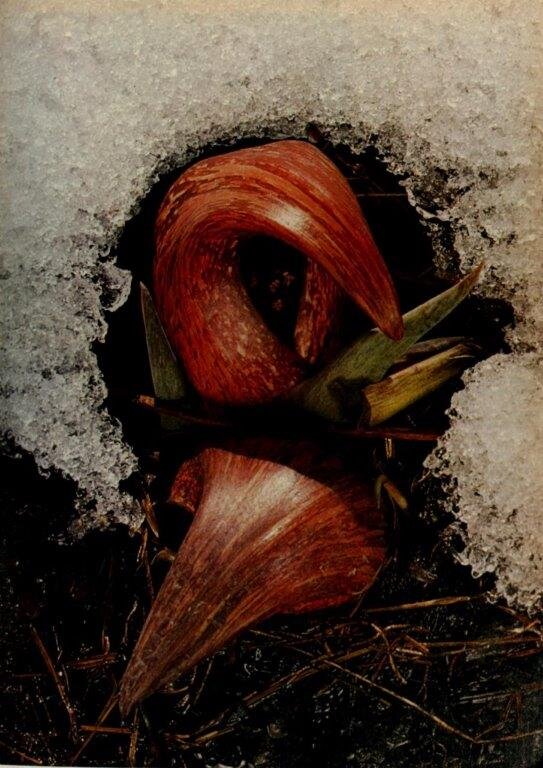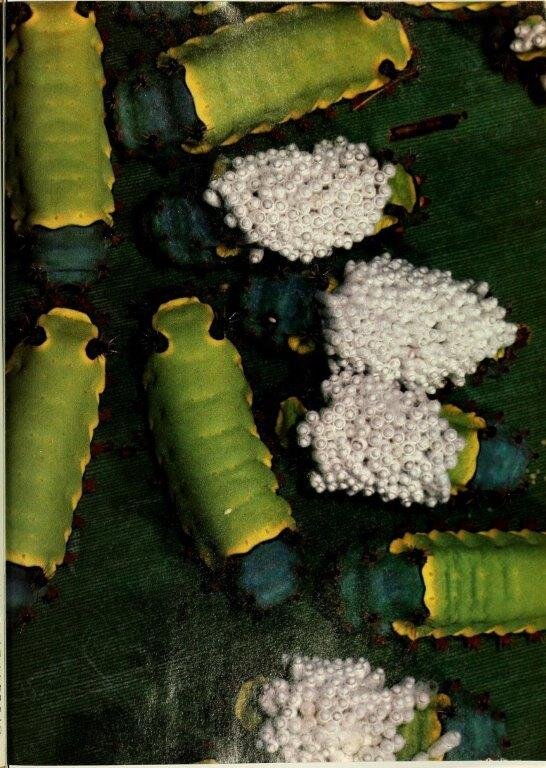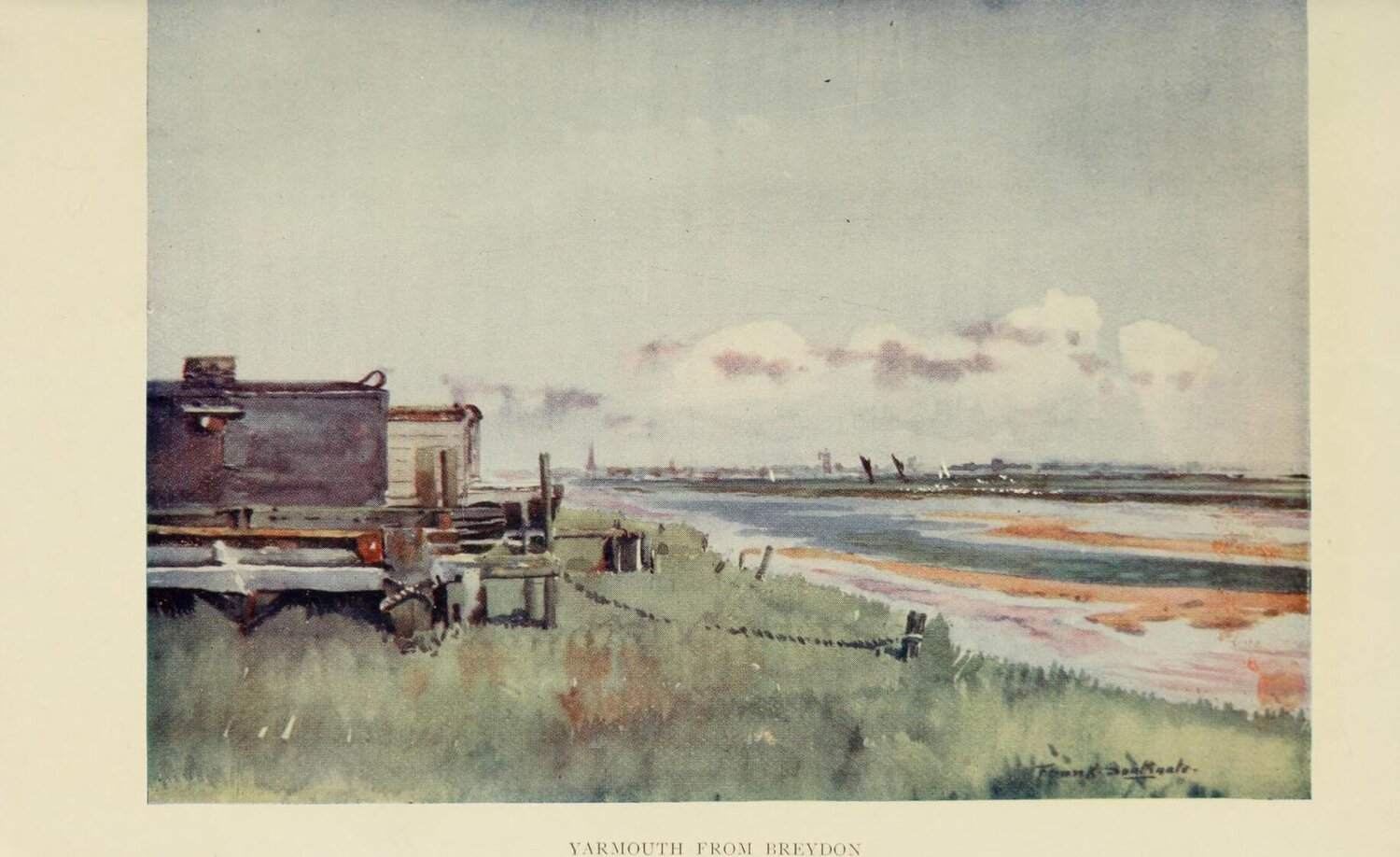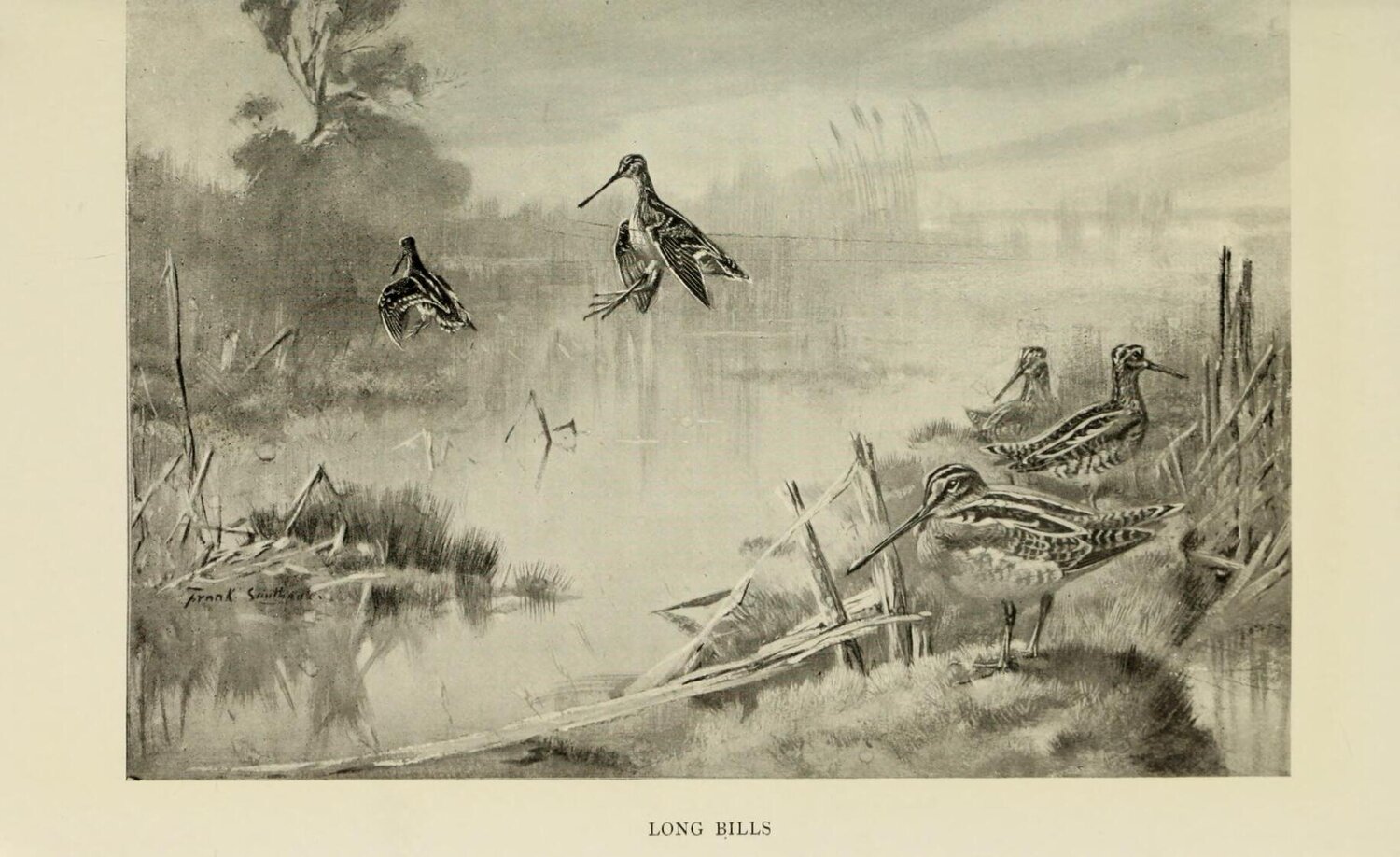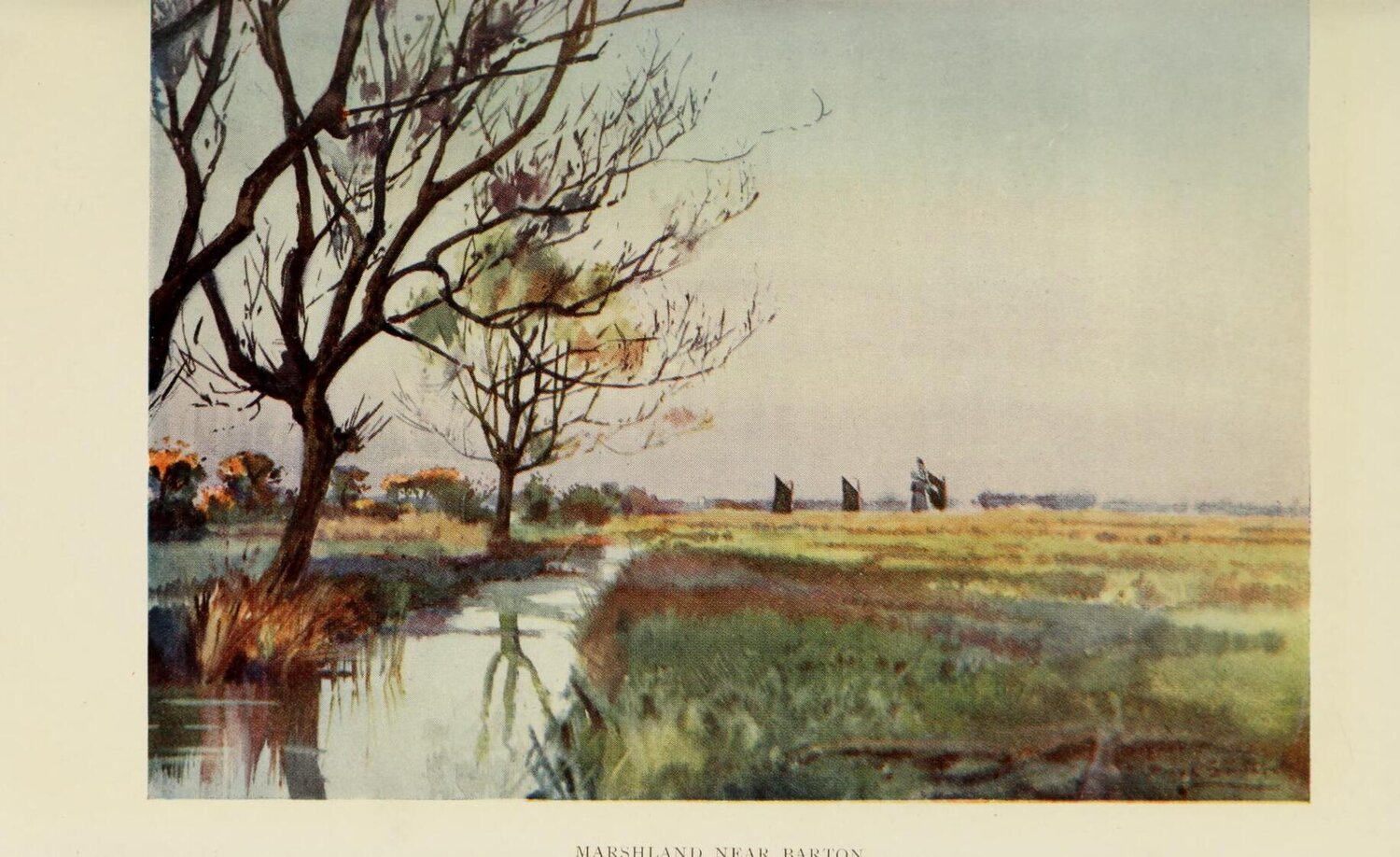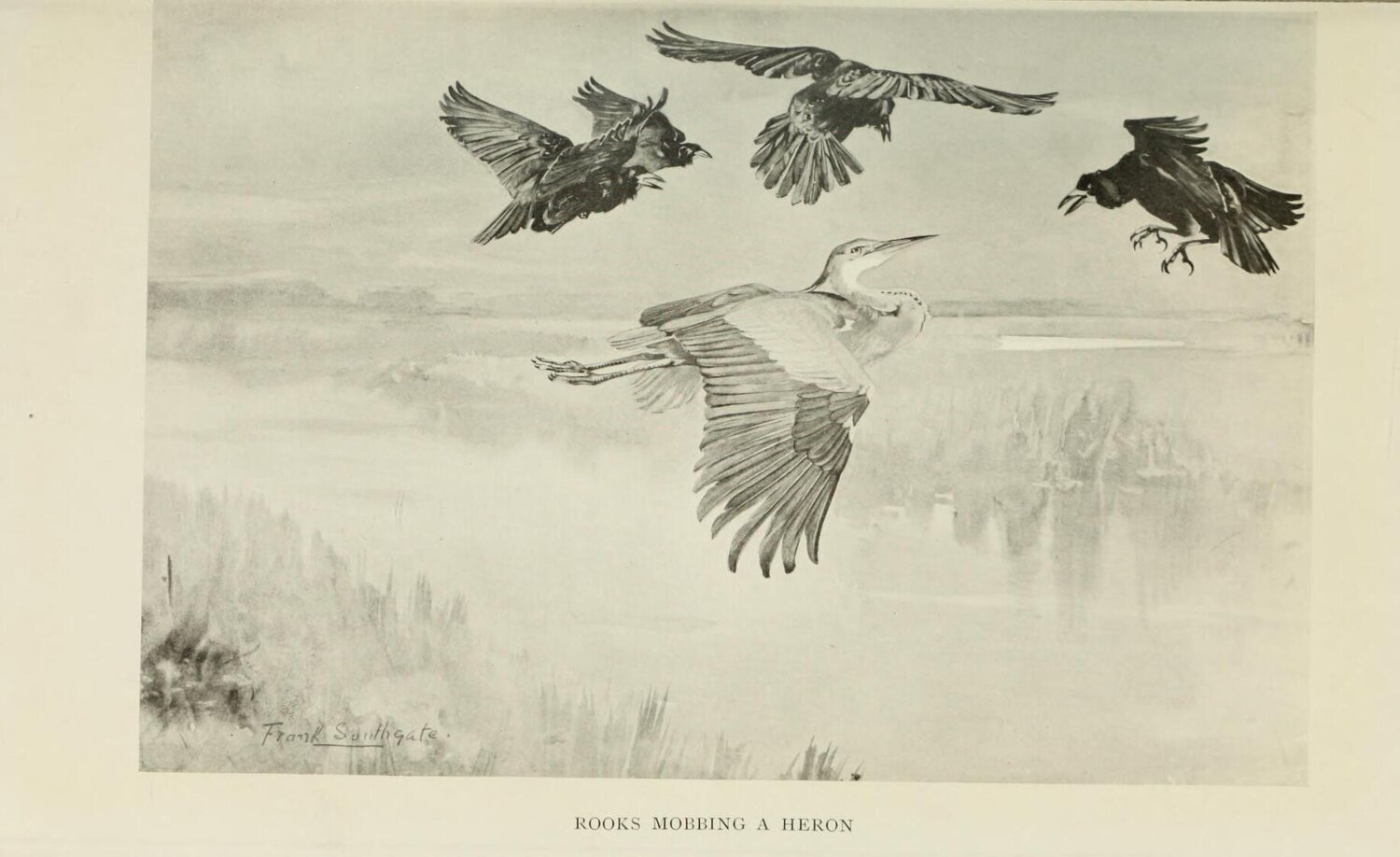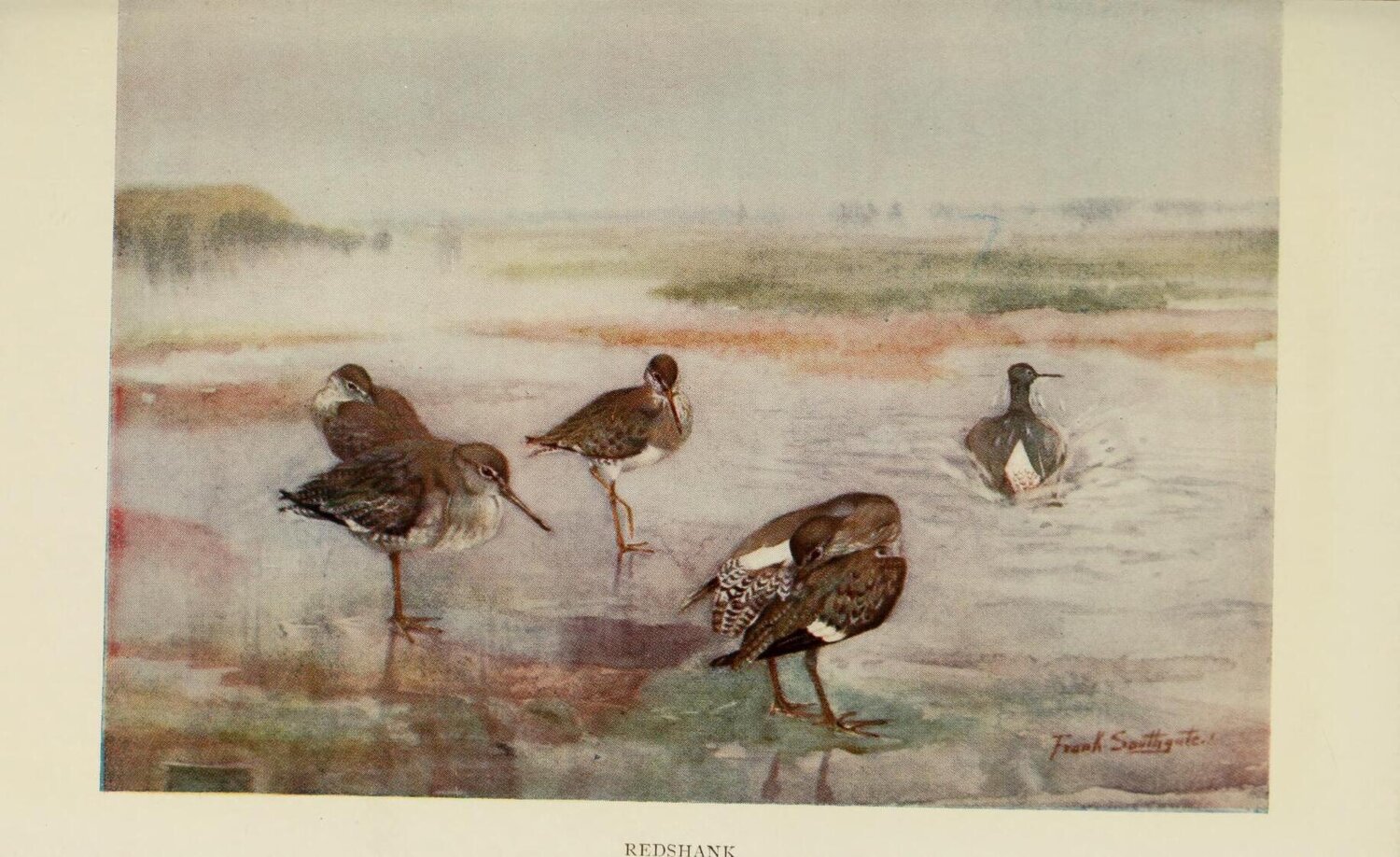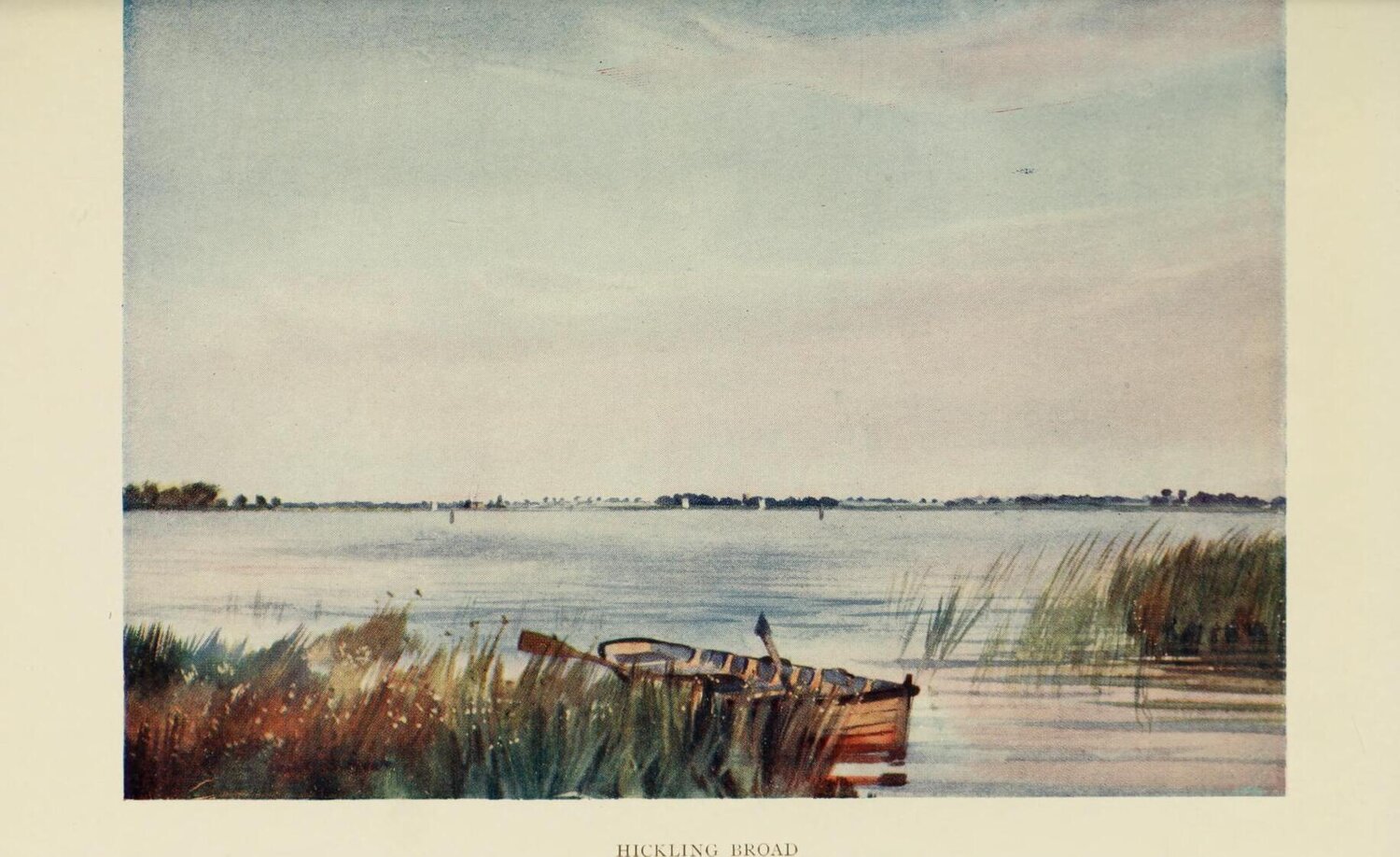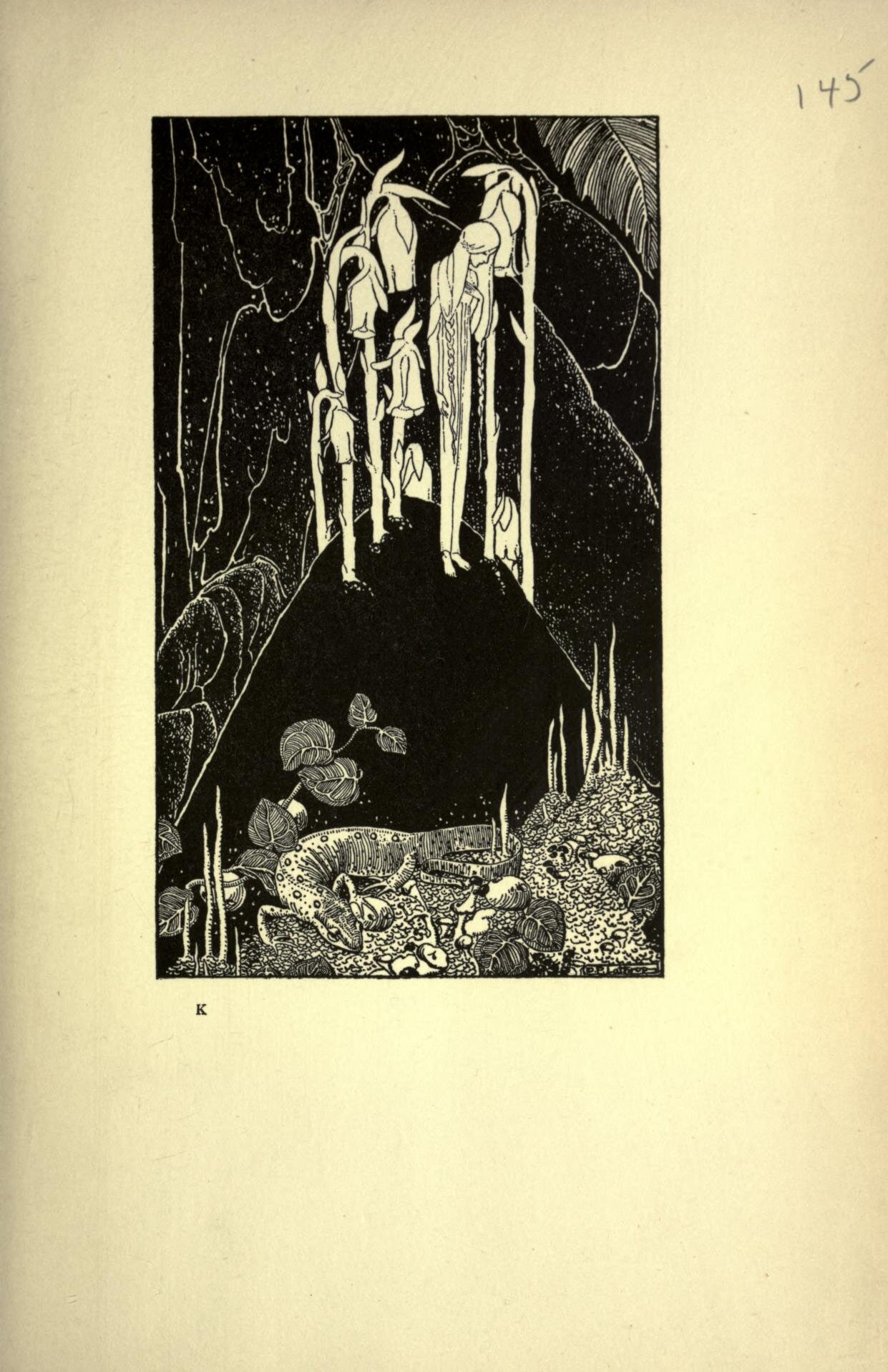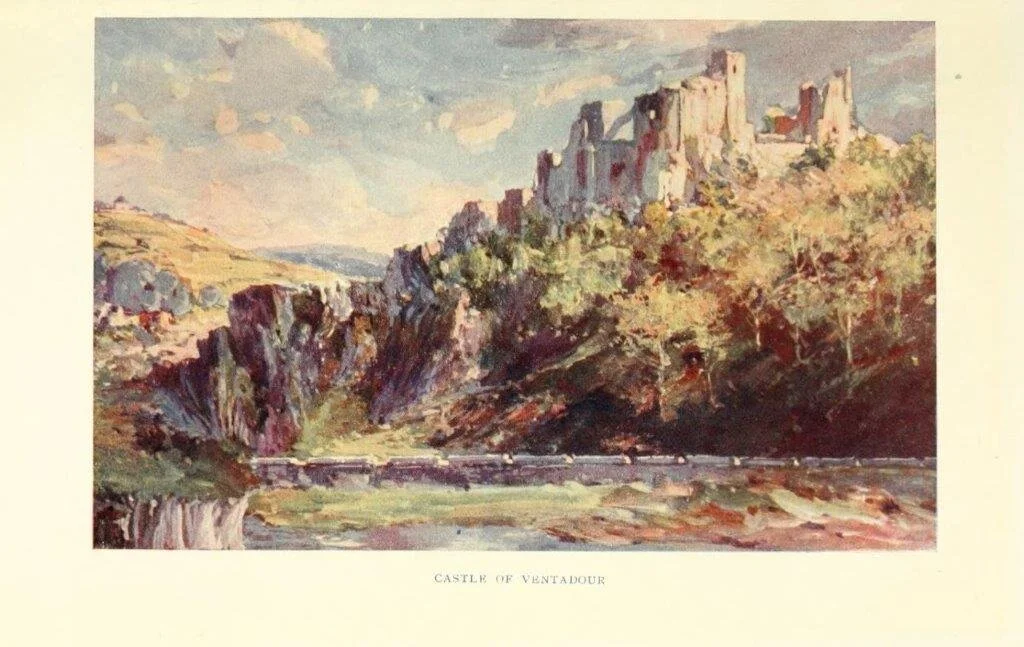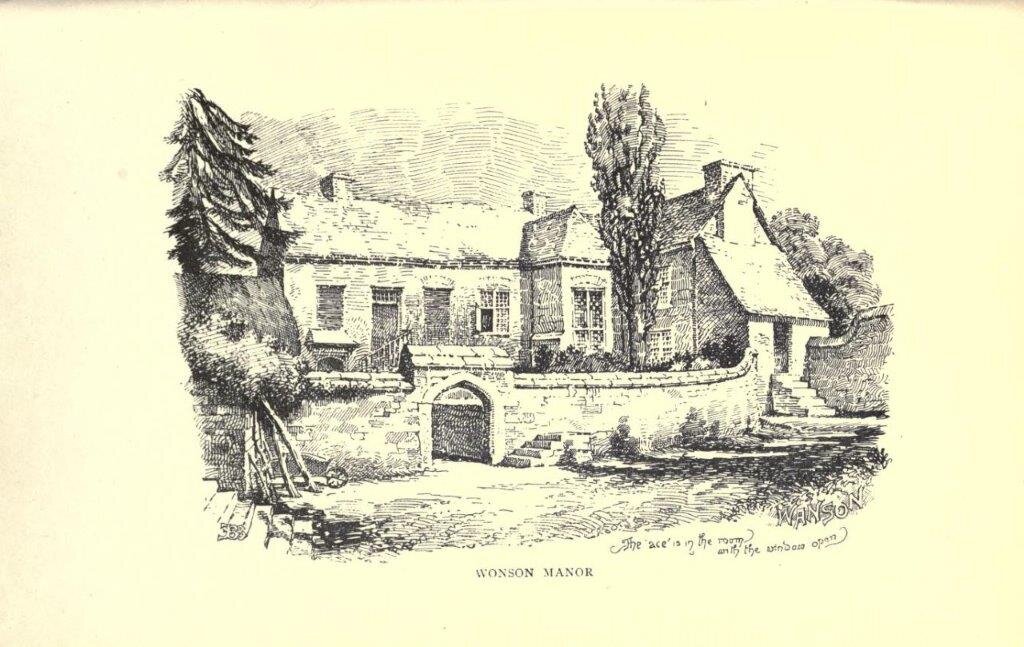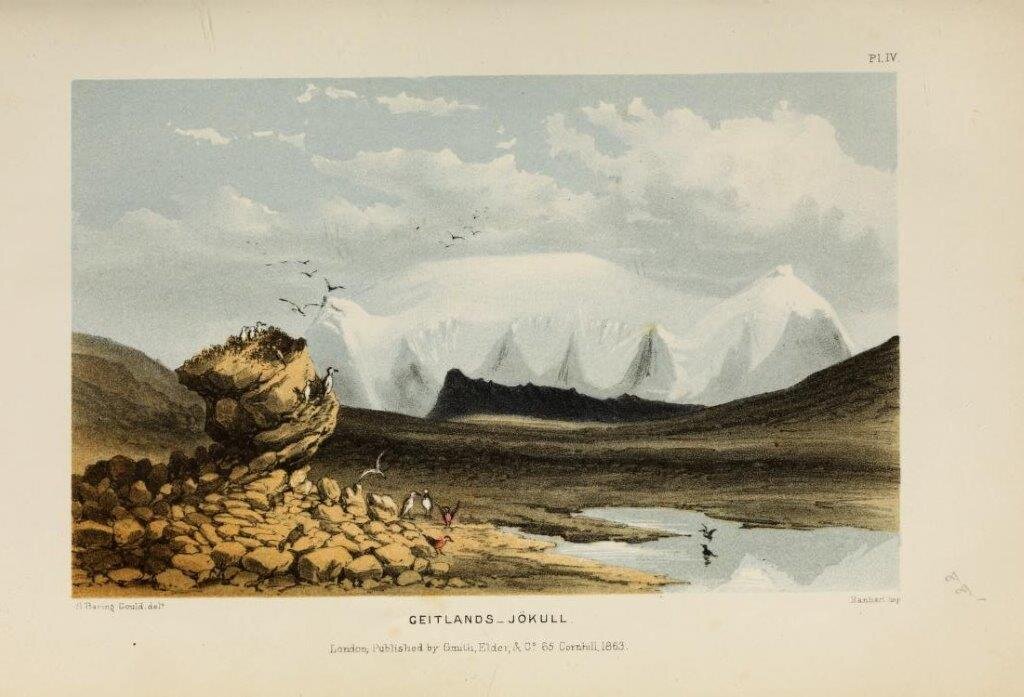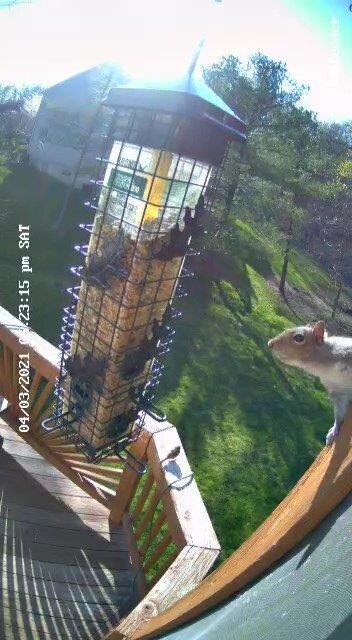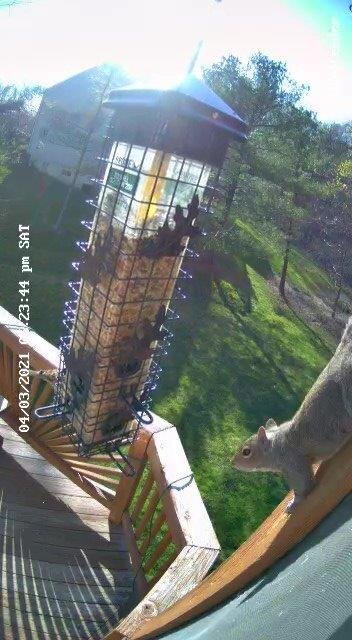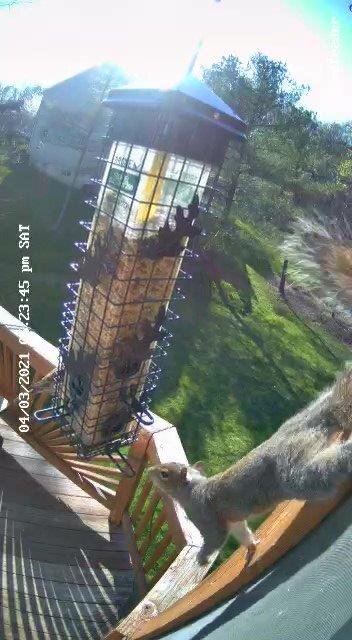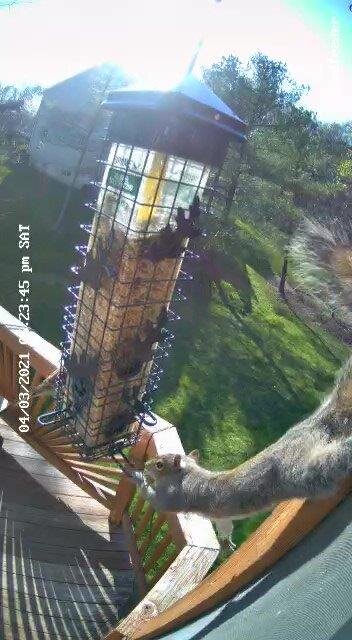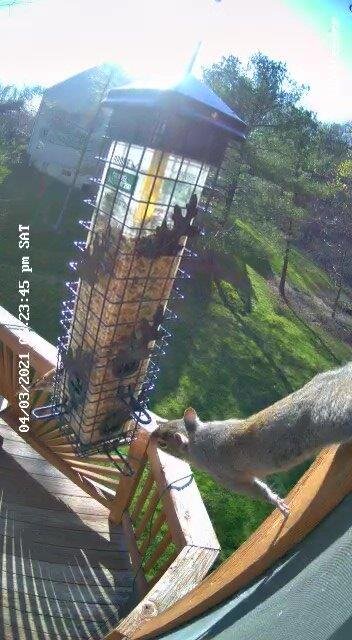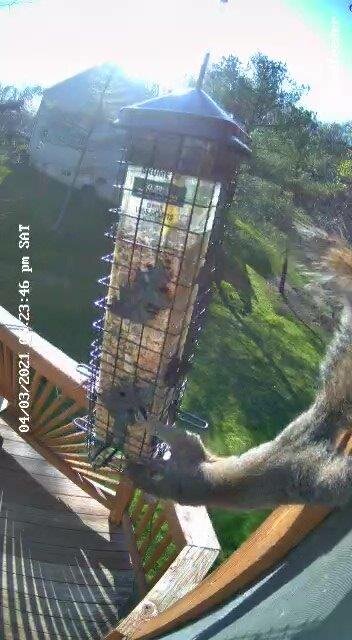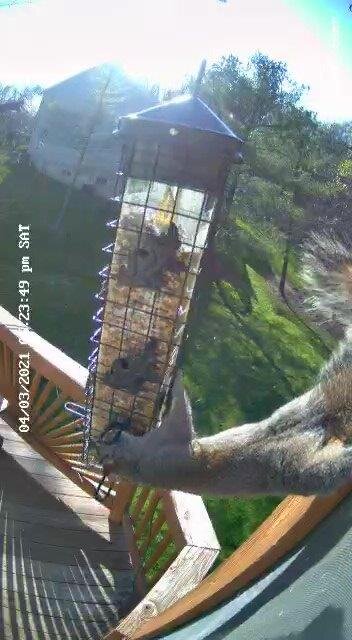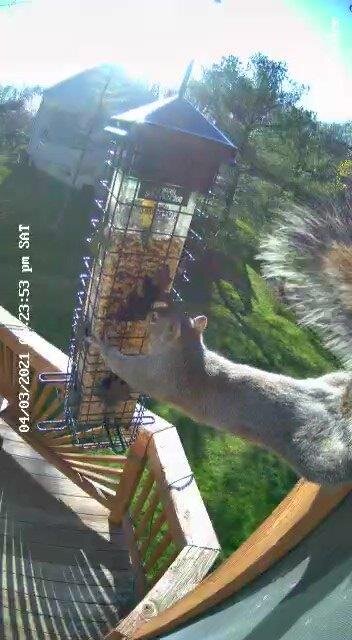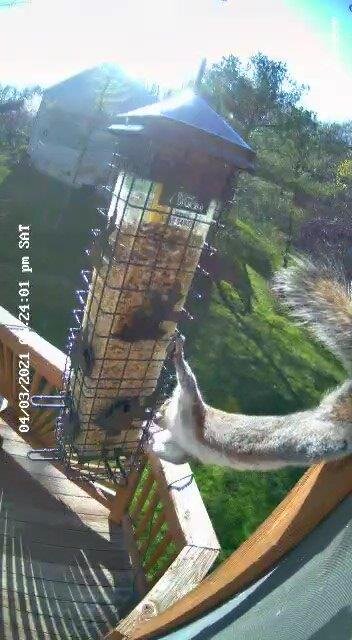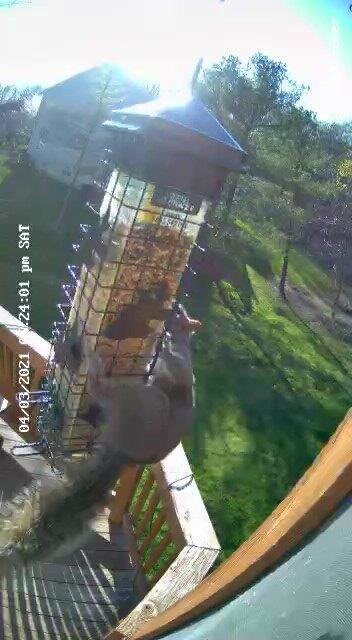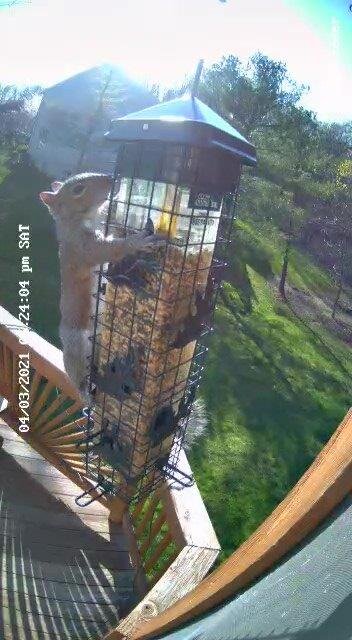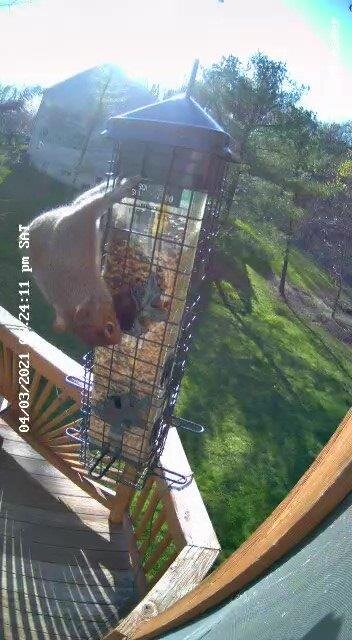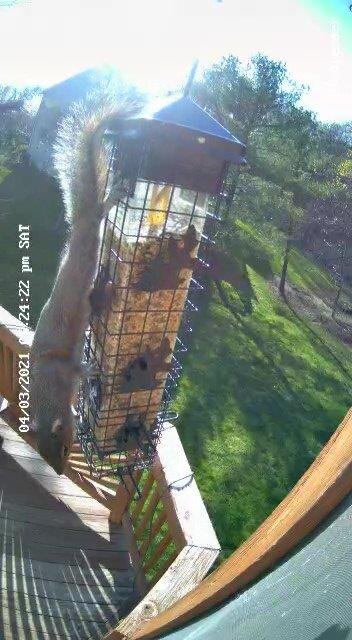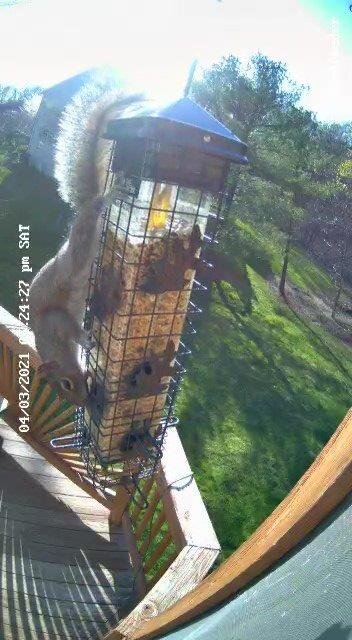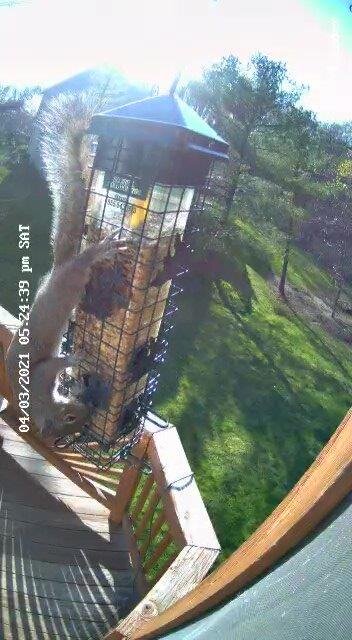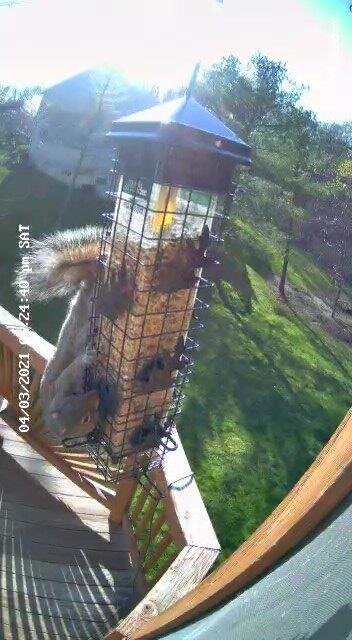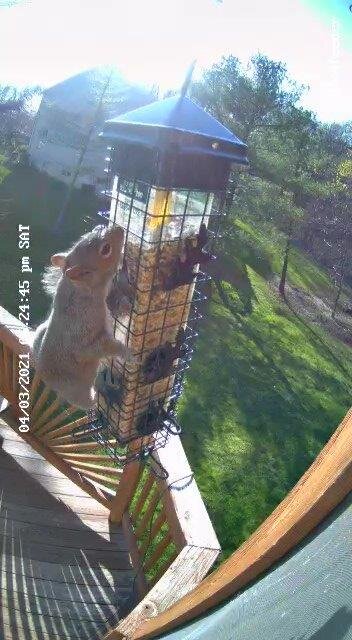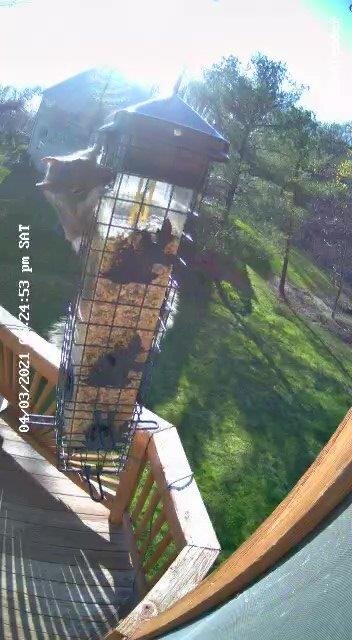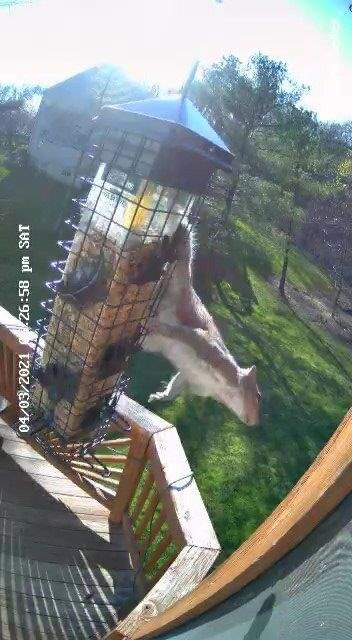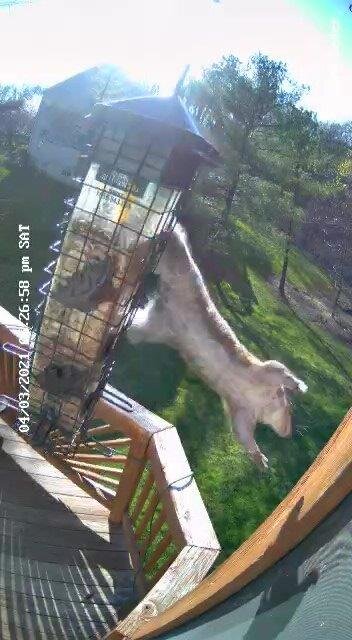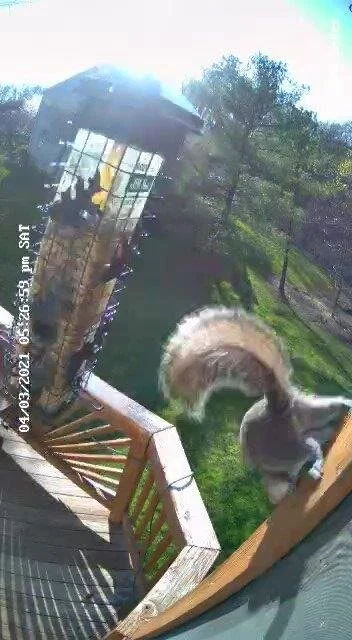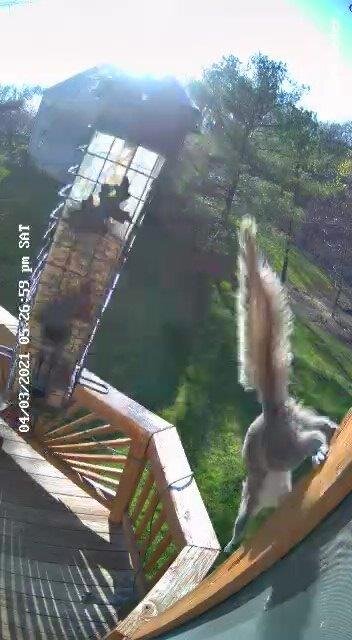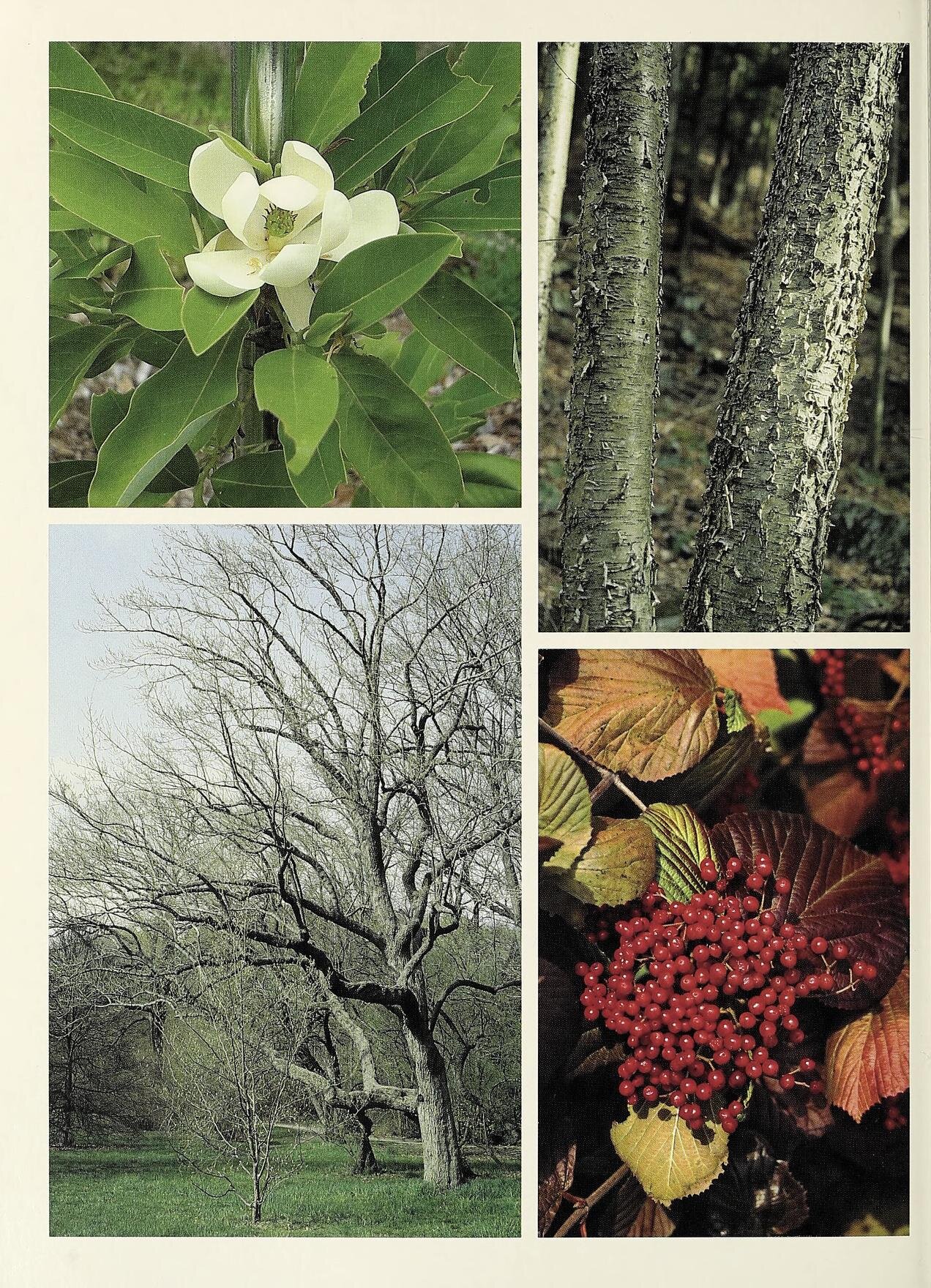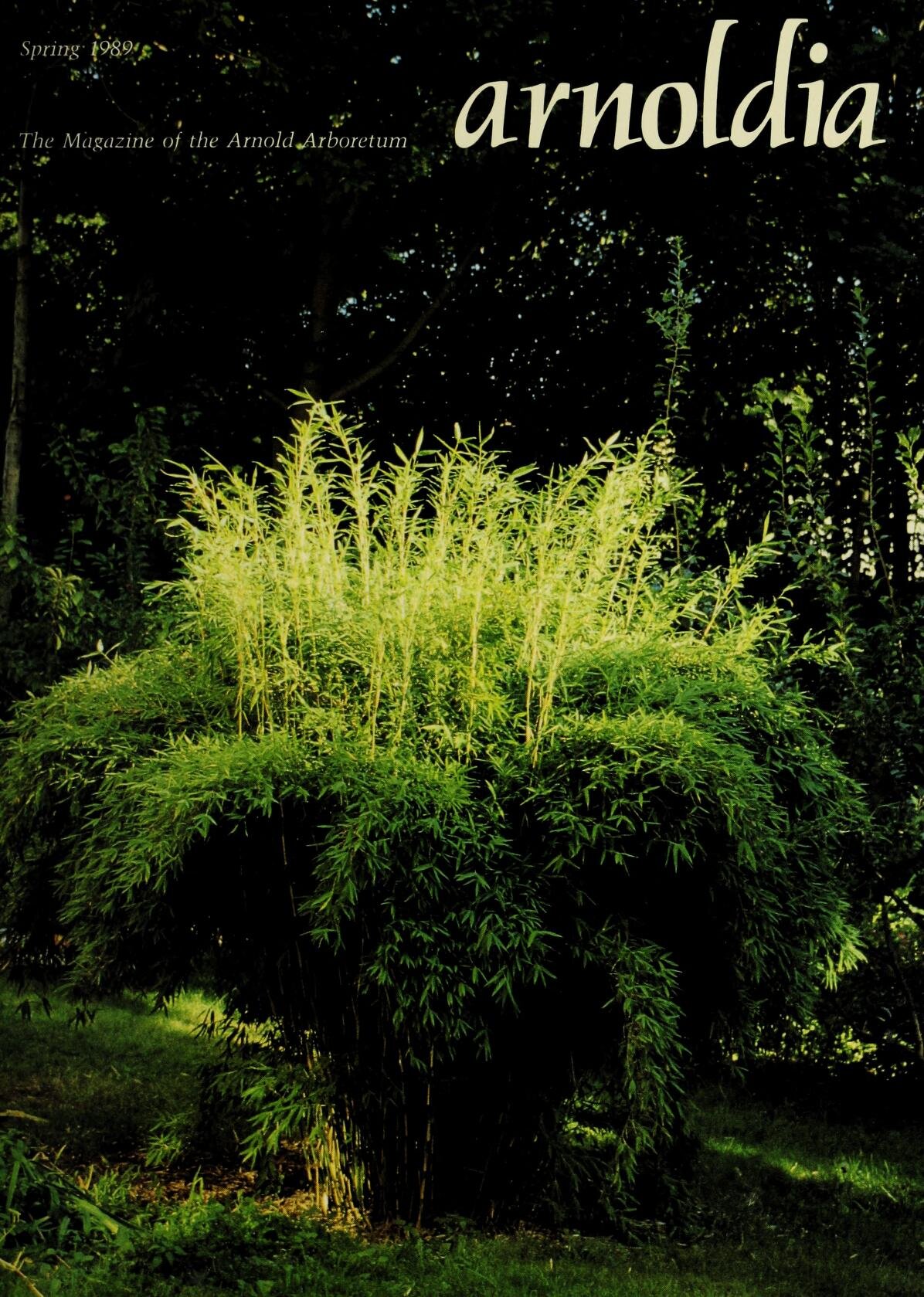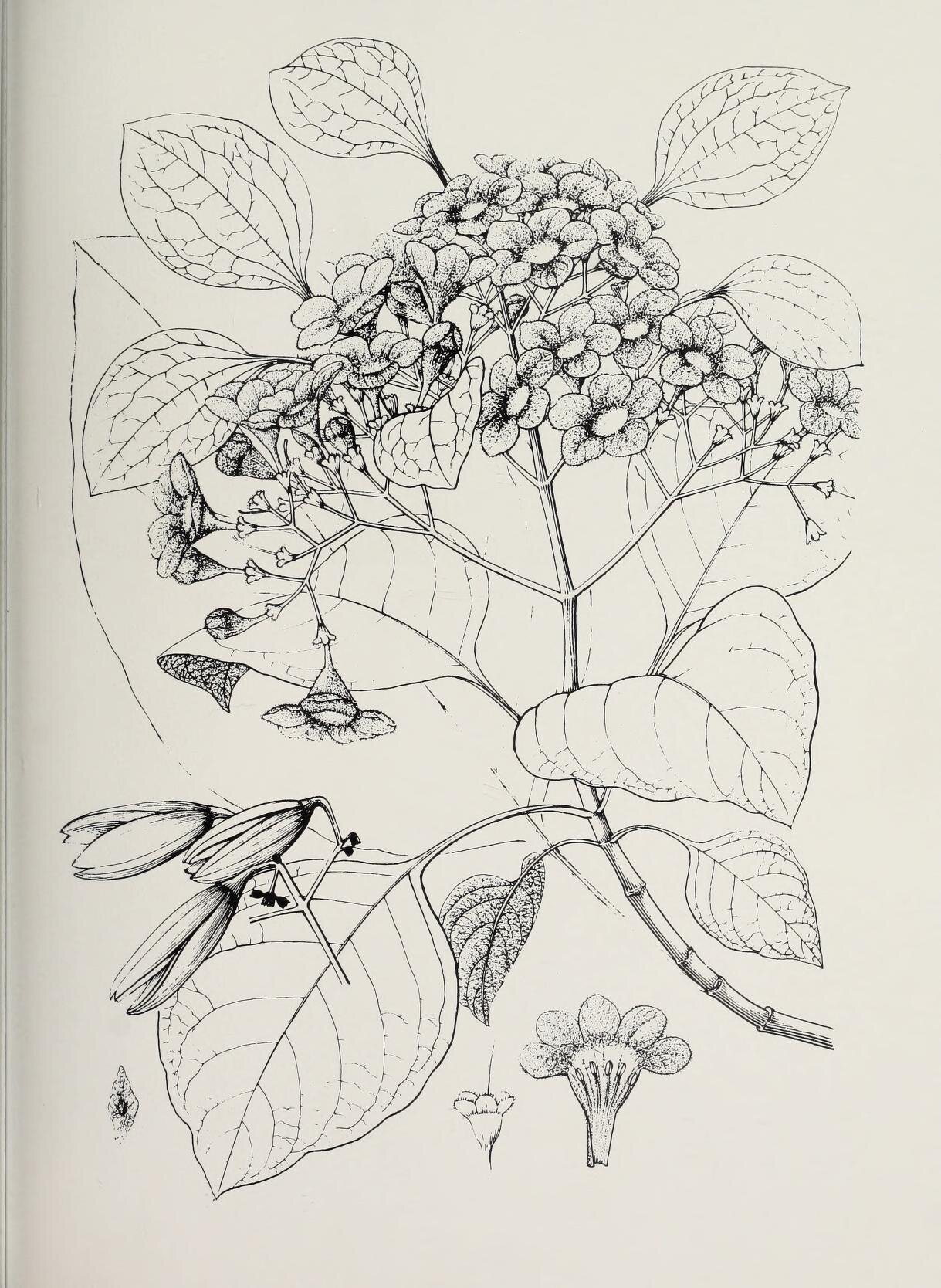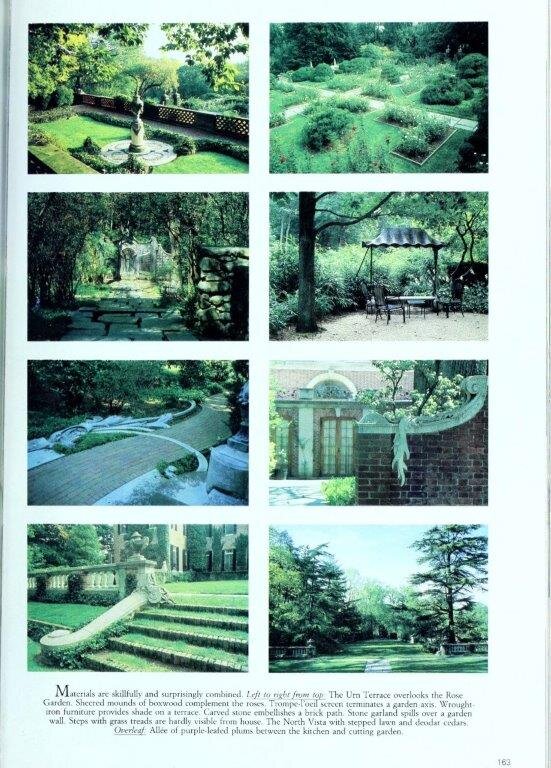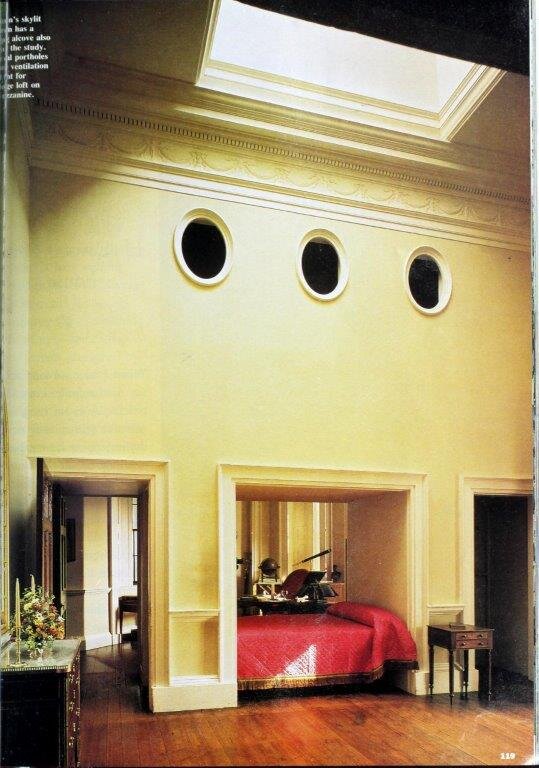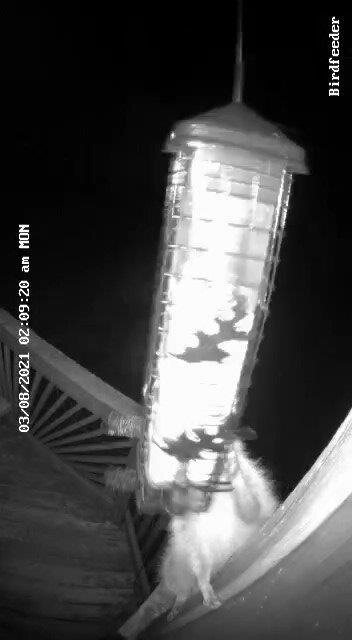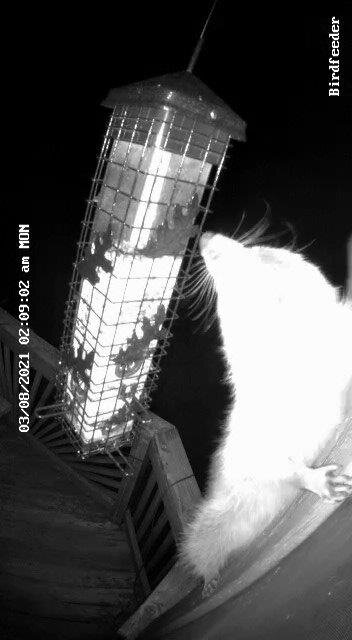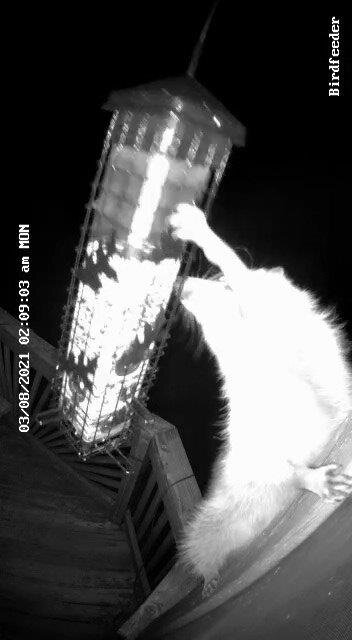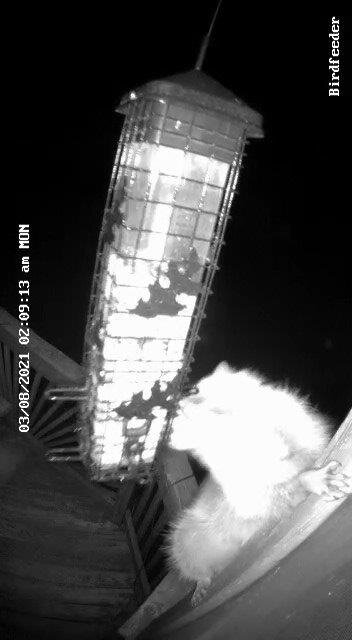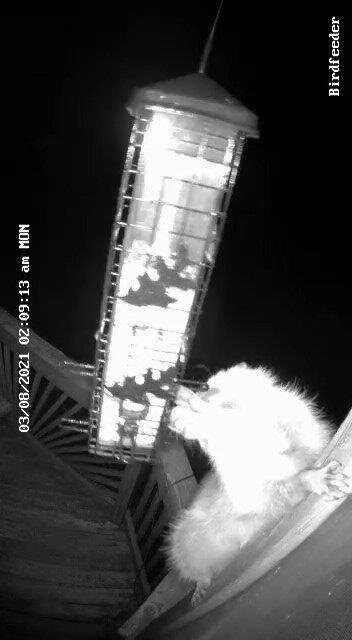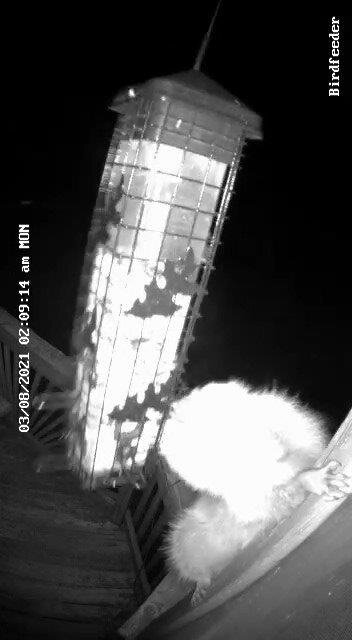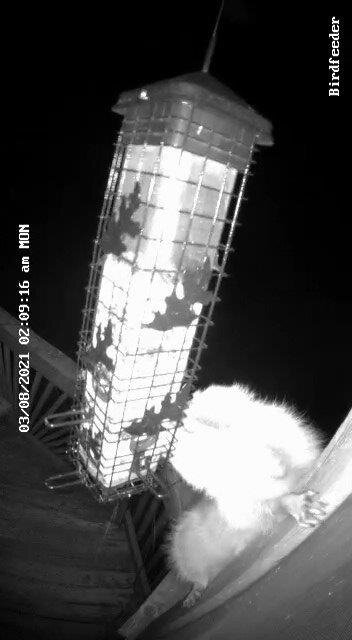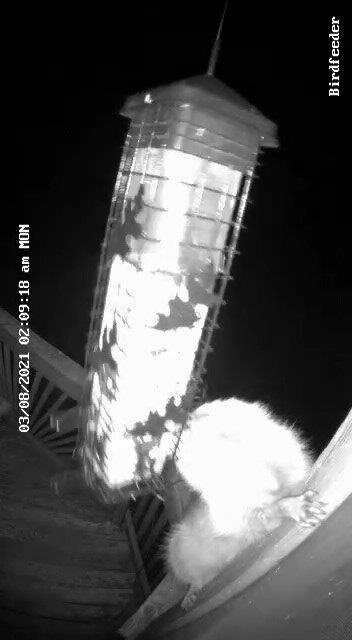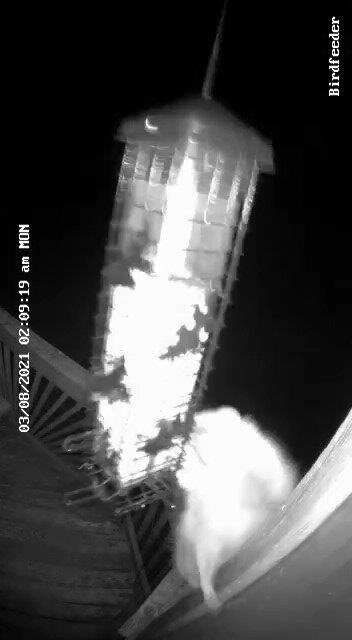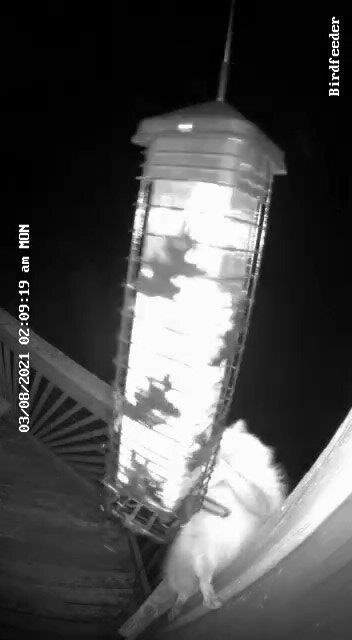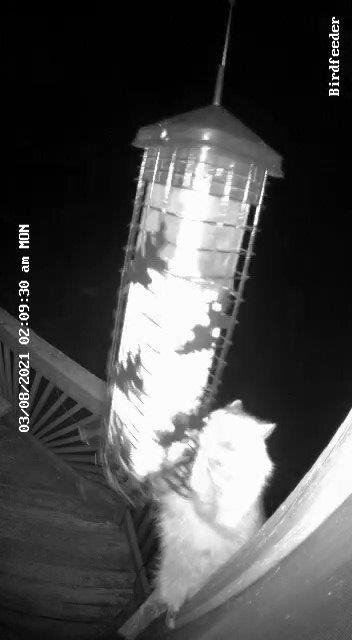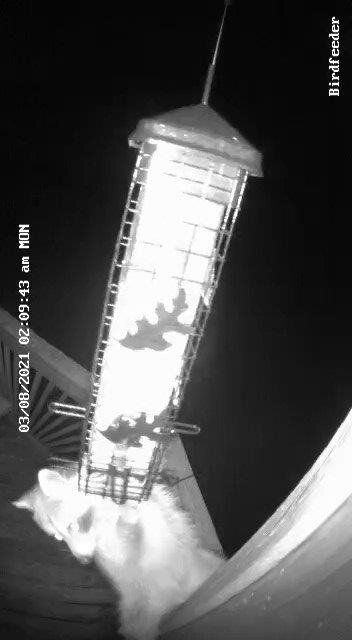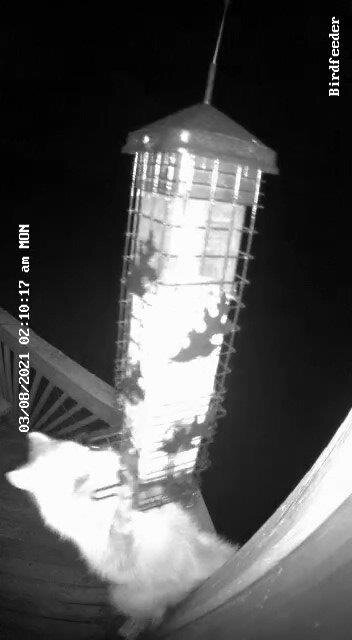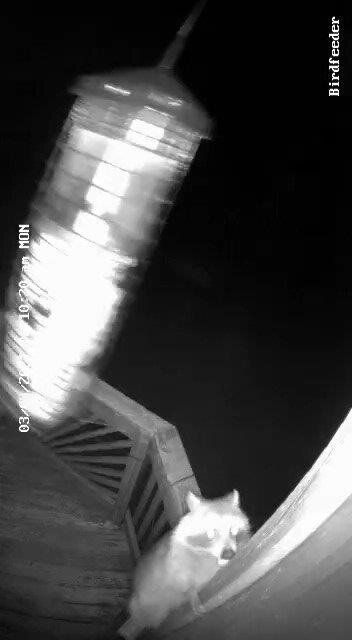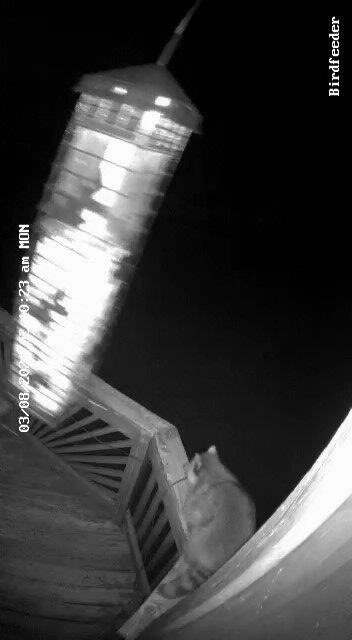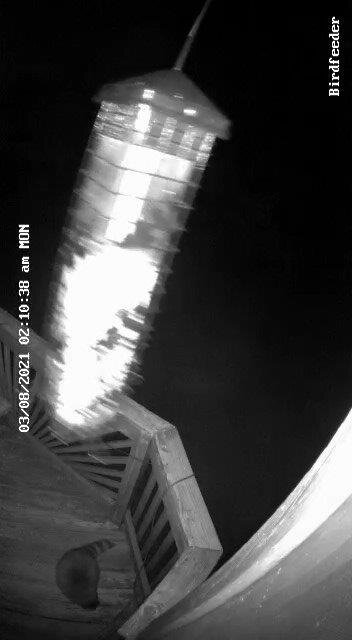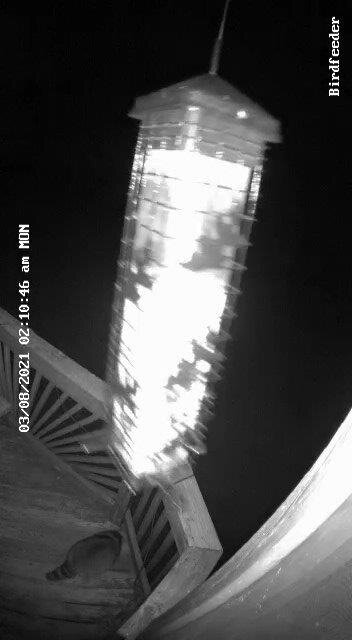eBotanical Prints – April 2021
/20 botanical print books browsed in April and added to the list. There was a variety at the beginning then a series (Flora Brasiliensis) which I will continue browsing in May. I browse the volumes of Flora Braziliensis in Internet Archive but it is easier to find all the volumes in Botanicus.
There was quite an age range for the books in April too – 1786 to 1976…with the early 1900s dominating.
The whole list of 2,218 eBooks can be accessed here. The list for the April books is at the end of this post.
Click an any sample images below to get an enlarged version. Enjoy the April eBotanical Prints!
The practical flower garden * Ely, Helena Rutherfurd * sample image * 1911
Hortus Nitidissimis * Trew, Christoph Jacob * sample image * 1786
How to know the wildflowers * Dana, Mrs. William Starr; Satterlee, Marion; Shaw, Elsie Louise * sample image * 1915
Genera filicum * Fee, Antoine Laurent Apollinaire * sample image * 1850
Iconographie des espèces nouvelles décrites ou énumérées dans le genera filicum et révision des publications antérieures relatives à la famille des fougères * Fee, Antoine Laurent Apollinaire * sample image * 1854
A Catskill flora and economic botany * Brooks, Karl L. * sample image * 1979
Field guide to the aquatic plants of Lake George, New York * Ogden, Eugene Cecil * sample image * 1976
Flora Brasiliensis, enumeratio plantarum in Brasilia hactenus detectarum :quas suis aliorumque botanicorum studiis descriptas et methodo naturali digestas partim icone illustratas V1, Pt1 * Martius, Karl Friedrich Philipp von; Eichler, August Wilhelm; Urban, Ignatz * sample image * 1906
Flora Brasiliensis, enumeratio plantarum in Brasilia hactenus detectarum :quas suis aliorumque botanicorum studiis descriptas et methodo naturali digestas partim icone illustratas V1, Pt2 * Martius, Karl Friedrich Philipp von; Eichler, August Wilhelm; Urban, Ignatz * sample image * 1906
Flora Brasiliensis, enumeratio plantarum in Brasilia hactenus detectarum :quas suis aliorumque botanicorum studiis descriptas et methodo naturali digestas partim icone illustratas V2, Pt1-2 * Martius, Karl Friedrich Philipp von; Eichler, August Wilhelm; Urban, Ignatz * sample image * 1906
Flora Brasiliensis, enumeratio plantarum in Brasilia hactenus detectarum :quas suis aliorumque botanicorum studiis descriptas et methodo naturali digestas partim icone illustratas V2, Pt3 * Martius, Karl Friedrich Philipp von; Eichler, August Wilhelm; Urban, Ignatz * sample image * 1906
Flora Brasiliensis, enumeratio plantarum in Brasilia hactenus detectarum :quas suis aliorumque botanicorum studiis descriptas et methodo naturali digestas partim icone illustratas V3, Pt1 * Martius, Karl Friedrich Philipp von; Eichler, August Wilhelm; Urban, Ignatz * sample image * 1906
Flora Brasiliensis, enumeratio plantarum in Brasilia hactenus detectarum :quas suis aliorumque botanicorum studiis descriptas et methodo naturali digestas partim icone illustratas V3, Pt2 * Martius, Karl Friedrich Philipp von; Eichler, August Wilhelm; Urban, Ignatz * sample image * 1906
Flora Brasiliensis, enumeratio plantarum in Brasilia hactenus detectarum :quas suis aliorumque botanicorum studiis descriptas et methodo naturali digestas partim icone illustratas V3, Pt3 * Martius, Karl Friedrich Philipp von; Eichler, August Wilhelm; Urban, Ignatz * sample image * 1906
Flora Brasiliensis, enumeratio plantarum in Brasilia hactenus detectarum :quas suis aliorumque botanicorum studiis descriptas et methodo naturali digestas partim icone illustratas V3, Pt4 * Martius, Karl Friedrich Philipp von; Eichler, August Wilhelm; Urban, Ignatz * sample image * 1906
Flora Brasiliensis, enumeratio plantarum in Brasilia hactenus detectarum :quas suis aliorumque botanicorum studiis descriptas et methodo naturali digestas partim icone illustratas V3, Pt5 * Martius, Karl Friedrich Philipp von; Eichler, August Wilhelm; Urban, Ignatz * sample image * 1906
Flora Brasiliensis, enumeratio plantarum in Brasilia hactenus detectarum :quas suis aliorumque botanicorum studiis descriptas et methodo naturali digestas partim icone illustratas V3, Pt6 * Martius, Karl Friedrich Philipp von; Eichler, August Wilhelm; Urban, Ignatz * sample image * 1906
Flora Brasiliensis, enumeratio plantarum in Brasilia hactenus detectarum :quas suis aliorumque botanicorum studiis descriptas et methodo naturali digestas partim icone illustratas V4, Pt1 * Martius, Karl Friedrich Philipp von; Eichler, August Wilhelm; Urban, Ignatz * sample image * 1906
Flora Brasiliensis, enumeratio plantarum in Brasilia hactenus detectarum :quas suis aliorumque botanicorum studiis descriptas et methodo naturali digestas partim icone illustratas V4, Pt2 * Martius, Karl Friedrich Philipp von; Eichler, August Wilhelm; Urban, Ignatz * sample image * 1906
Flora Brasiliensis, enumeratio plantarum in Brasilia hactenus detectarum :quas suis aliorumque botanicorum studiis descriptas et methodo naturali digestas partim icone illustratas V5, Pt1 * Martius, Karl Friedrich Philipp von; Eichler, August Wilhelm; Urban, Ignatz * sample image * 1906





